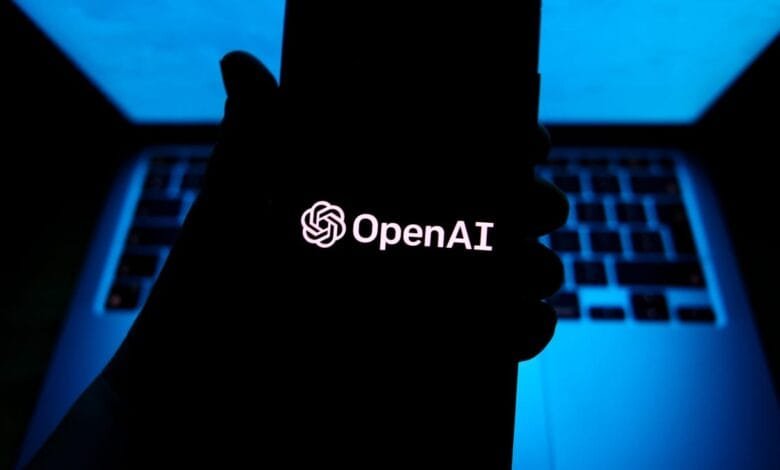OpenAI Embraces Open-Source Again With New AI Models

▼ Summary
– OpenAI has released its first open-source large language models (gpt-oss-120b and gpt-oss-20b) since 2019, marking a return to open-source roots.
– The smaller model (gpt-oss-20b) can run on laptops, while the larger one (gpt-oss-120b) requires high-performance hardware like servers with 60GB VRAM.
– Early reports suggest the models may have issues with hallucinations, though they show strong reasoning capabilities and efficiency.
– The models are licensed under Apache 2.0, allowing unrestricted use and modification, unlike Meta’s more restrictive Llama models.
– OpenAI aims to lower barriers for emerging markets and smaller organizations, responding to competition like China’s open-source DeepSeek model.
OpenAI has made a surprising return to its open-source roots with the release of two new AI models, signaling a shift in strategy after years of prioritizing proprietary technology. The company unveiled gpt-oss-120b and gpt-oss-20b, its first publicly available model weights since GPT-2 in 2019. These releases mark a significant departure from OpenAI’s recent focus on closed, commercial AI systems backed by Microsoft investments.
The larger gpt-oss-120b model requires high-end hardware, including 60 GB of VRAM and multiple GPUs, while the smaller gpt-oss-20b version can run efficiently on laptops with just 16 GB of memory. Both models are available for download on Hugging Face and GitHub, compatible with MacOS (11 Big Sur or later) and Linux (Ubuntu 18.04 or later), with potential support through Windows Subsystem for Linux on powerful Windows machines.
Early testing reveals these models demonstrate impressive reasoning capabilities, with the 120b variant reportedly matching OpenAI’s proprietary o4-mini on core benchmarks. However, initial reports also indicate higher-than-average hallucination rates, a common challenge in large language models. The models employ a mixture-of-experts (MoE) architecture, optimizing for both performance and efficiency while supporting advanced features like code execution and web search integration.
Licensed under the permissive Apache 2.0 terms, these models offer developers and businesses significant freedom compared to Meta’s more restrictive Llama licenses. This move appears strategically timed, coming just before the anticipated GPT-5 launch and following the success of China’s open-source DeepSeek model earlier this year. OpenAI has explicitly stated these releases aim to democratize AI access, particularly for smaller organizations and emerging markets that previously faced barriers to cutting-edge AI technology.
While the company hasn’t released training data due to legal and safety concerns, a decision that may disappoint open-source purists, the models themselves represent a notable shift in OpenAI’s approach. As the AI landscape becomes increasingly competitive, this return to open-source principles could help the company regain influence among developers while maintaining its commercial ambitions. The tech community will be watching closely to see how these models perform in real-world applications and whether they can establish OpenAI as a leader in both proprietary and open AI development.
(Source: zdnet)





